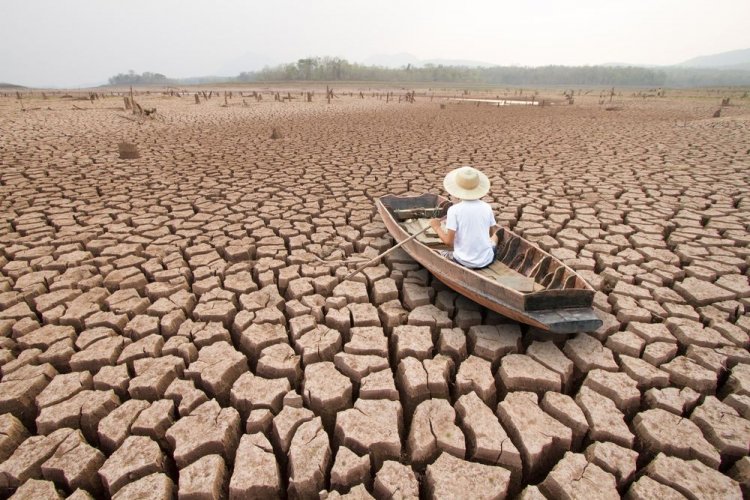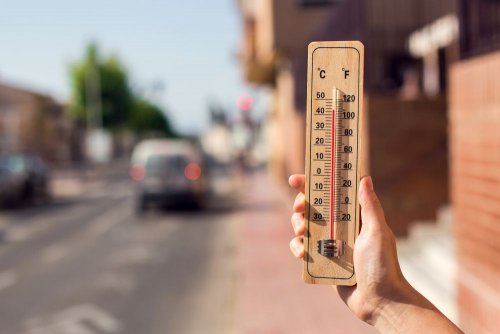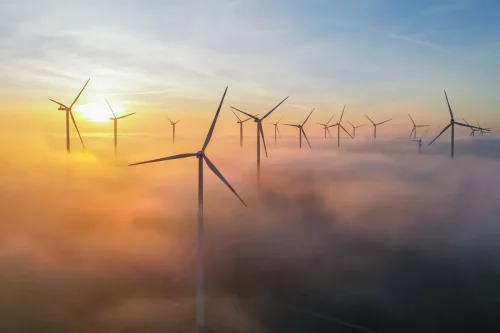In Ukraine due to change climate and military aggression of the russian federation, water security was under threat, because most large rivers and lakes have become silted and polluted, and small reservoirs are on the verge of disappearing.
The critical shortage of water is a problem that is relevant for twenty regions of Ukraine, writes Kostyantyn Yalovy, a deputy of the Kyiv City Council of the 8th convocation, on Facebook.
Recently, a record drop in the water level was recorded in Lake Synevyr, because the drought has been going on for several months in Transcarpathia. Lakes in the East, in captured Severodonetsk, are also rapidly drying up.
"Even before the war, the situation with drinking water was far from the best," Yalovy noted.
Thus, Ukraine is included in several ratings of countries with the most modest water reserves. And although the north and west are relatively well supplied with water, according to the Renaissance foundation, the water deficit in the center is 159–222 mm per year, and in the south – more than 460 mm.
Farmers in these regions have been facing the loss of part of their harvest due to drought for more than a year. However, due to climate change and warming, the water crisis will intensify.
Water resources are also adversely affected by war. Constant shelling and mining, destruction of industrial facilities lead to additional pollution of surface and underground waters.
"The barbaric withdrawal of water from the Kakhov reservoir for supply to the occupied Crimea has already led to a sharp drop in the water level in the Dnieper in the south. And, unfortunately, infrequent rains do not compensate for these losses," Yalovy writes.
In July, the reservoirs of the Middle Dnieper replenished by only 45% of the norm.
He also noted that forecasts for the future are disappointing. After all, the climate in Ukraine will have long periods without rains, during which there will be a drop in the groundwater level, drying up of small rivers and wells in households.
According to scientists' forecasts, a significant reduction of local surface runoff in rivers in the Kherson, Odesa, Mykolaiv, Dnipropetrovsk, and Zaporizhia regions is possible from 2041.
"Climate flow" can decrease:
- in the Zaporizhzhia region 10 times;
- in Dnipropetrovsk – at 6;
- in Mykolaivska – 3.6 times;
- twice as much in Crimea;
- in the Southern Bug and Dniester basins – by more than a third.
This may lead to the fact that in the next 30 years the deficit of fresh water will increase, and after 2050 Ukraine may even switch to its import.
"To prevent this from happening, our post-war reconstruction must take into account the potential impact of climate change and change approaches to agricultural management to more rational ones," Yalovy noted.
It is also necessary to ensure the preservation of groundwater, reduce the siltation of reservoirs, and build modern wastewater treatment systems that allow them to be reused. And after the liberation of Crimea from the occupation – to organize the water supply of the peninsula taking into account the latest technologies.
"After our victory, Ukraine must finally put its water management in order. Otherwise, the risk of losing them will eventually become our sad reality," he concluded.
Earlier, EcoPolitic wrote, that the Minister of Agrarian Policy and Food Roman Leshchenko said that drought and climate change issues are acute not only in Southern, but also in Central Ukraine.
As EcoPolitic previously reported, during the years of independence in Ukraine more than 10,000 rivers have disappeared.





